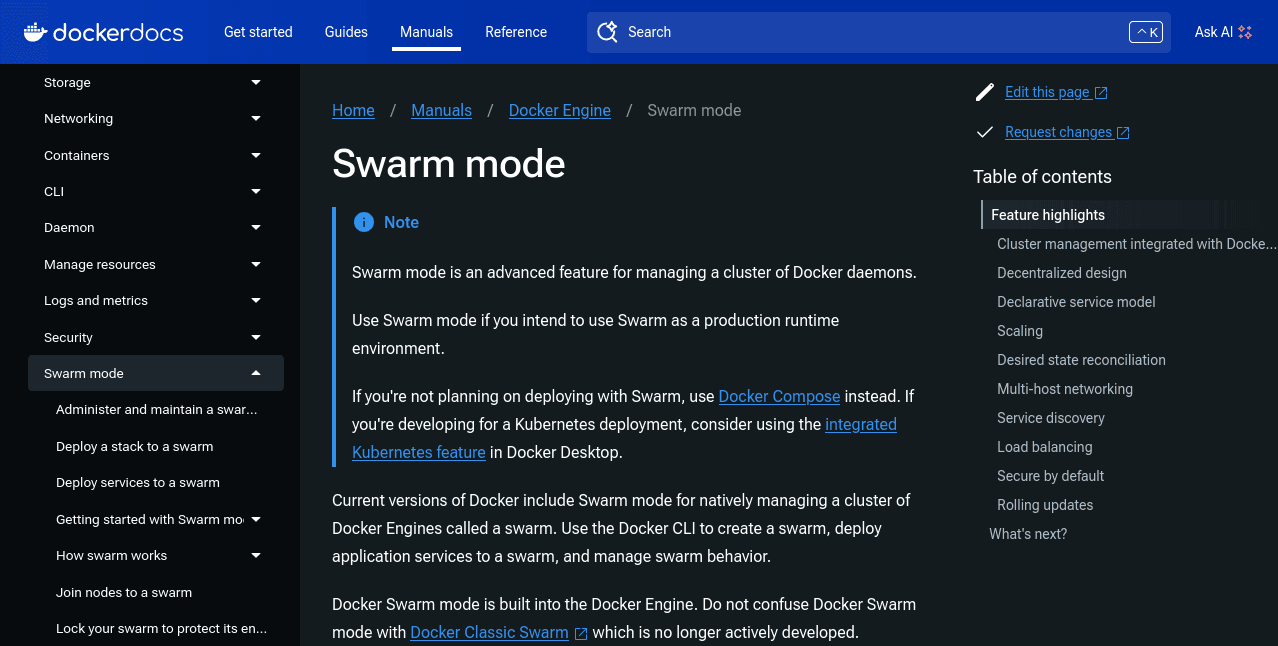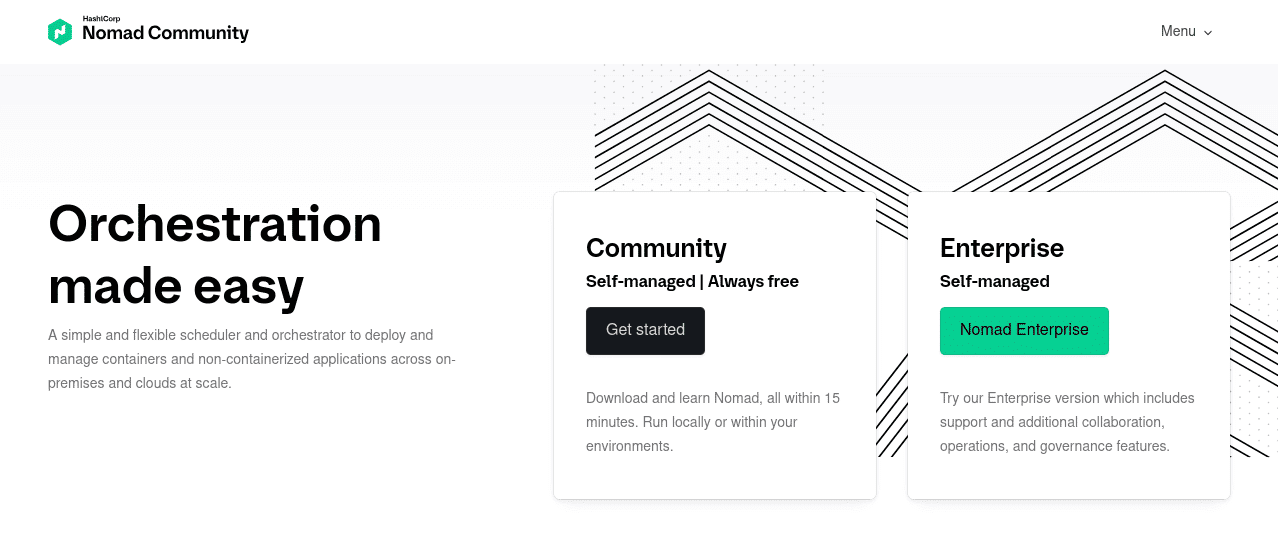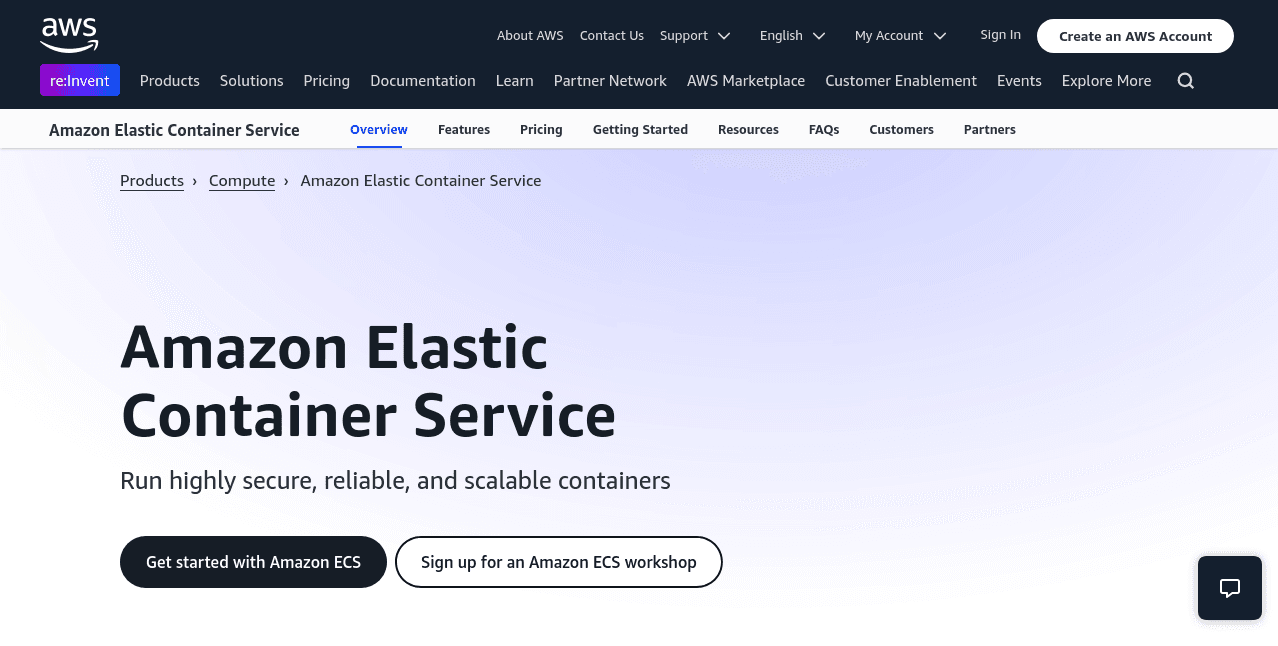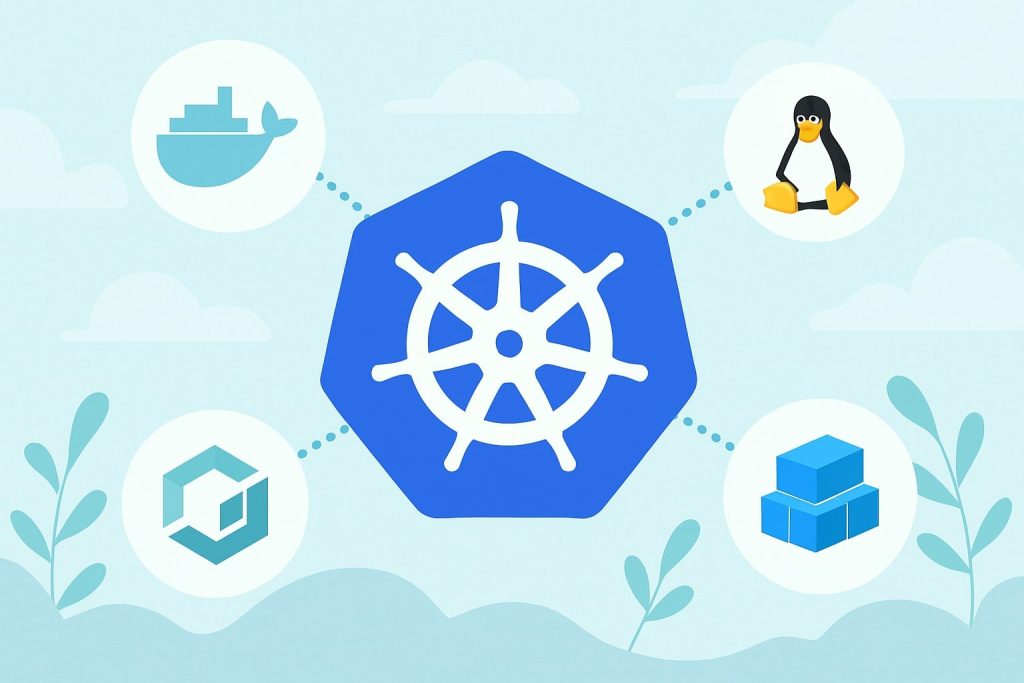Kubernetes has undoubtedly become the gold standard for container orchestration in the cloud-native world. Its ability to automate deployment, scaling, and management of containerized applications has transformed how organizations build and run software at scale. However, Kubernetes is not a one-size-fits-all solution. Its inherent complexity, resource demands, and steep learning curve can create hurdles for many teams, especially startups, small businesses, or organizations without extensive DevOps expertise.
In 2025, with the container ecosystem maturing, multiple Kubernetes alternatives have emerged or gained traction, offering simplified workflows, targeted features, or better integration with specific cloud platforms.
Why Consider Kubernetes Alternatives?
Kubernetes is powerful but comes with complexity that can be daunting. It requires significant expertise to deploy, configure, and maintain. Even with managed services like Google Kubernetes Engine (GKE), Amazon Elastic Kubernetes Service (EKS), or Azure Kubernetes Service (AKS), there’s still a learning curve around concepts like pods, services, ingress controllers, persistent storage, and network policies.
For many teams, this complexity slows down development cycles and introduces operational risk. Managing Kubernetes also demands substantial compute resources; running clusters means managing multiple nodes, control planes, and supporting infrastructure, which can inflate costs.
Furthermore, Kubernetes’ rapid evolution means frequent upgrades and patching, which can disrupt production if not handled carefully. Security is another consideration—misconfigurations are common and can expose vulnerabilities.
Some teams simply do not need the full breadth of Kubernetes’ features. For smaller projects, simple container orchestration might suffice. For others, vendor lock-in concerns or preference for serverless deployment models make Kubernetes less attractive.
Alternatives often address these pain points by offering simpler deployment, tighter cloud integration, smaller footprints, or workload-specific optimizations. They can reduce operational overhead, lower costs, and accelerate time to market, especially for teams focusing more on development than infrastructure management.
What to Look for in a Kubernetes Alternative
Choosing the right Kubernetes alternative involves understanding your technical requirements and constraints. Here are some critical factors to consider:
Ease of Setup and Use
The ideal tool should enable quick container deployment and management with minimal configuration. Some alternatives emphasize developer-friendly CLI tools or graphical interfaces to remove complexity.
Resource Efficiency
Not every organization can afford a multi-node cluster running 24/7. Alternatives that run well on smaller machines or even single nodes can save substantial costs and reduce carbon footprints.
Operational Overhead
How much effort is needed to maintain the platform? Fully managed services eliminate much of this but might limit flexibility. On-premises or self-hosted options need regular updates and monitoring.
Integration with Existing Ecosystem
Whether your workloads depend on AWS, Google Cloud, Azure, or hybrid environments, look for tools that integrate well with your cloud services, CI/CD pipelines, monitoring tools, and security frameworks.
Workload Suitability
Some orchestrators excel at stateless microservices, others handle batch processing or legacy apps better. Match your workload characteristics to the strengths of the platform.
Scalability and Reliability
Your chosen platform must scale as your user base grows and offer resilience against failures to ensure uptime and performance.
Top 7 Kubernetes Alternatives
1. Docker Swarm

Docker Swarm is Docker’s native clustering and orchestration tool, designed to turn a pool of Docker engines into a single virtual Docker engine. Unlike Kubernetes, which has a steeper learning curve, Docker Swarm prioritizes simplicity and ease of use. It tightly integrates with Docker CLI, making it an obvious choice for teams already familiar with Docker.
Docker Swarm fits startups and small teams that need container orchestration without spending weeks learning complex concepts. It’s ideal for simple microservices architectures where quick deployment and scaling are essential but operational overhead must remain low.
Pros
-
Seamless integration with Docker commands and tools makes Swarm very intuitive for Docker users.
-
Lightweight cluster management with minimal resource requirements.
-
Built-in service discovery and load balancing simplify networking.
Cons
-
Limited to Docker containers, so no support for other container runtimes.
-
The feature set is not as extensive as Kubernetes, lacking some advanced orchestration capabilities.
Pricing
Docker Swarm is open source and free to use.
Recommendation
If you want quick container orchestration with minimal setup and are heavily invested in Docker, Swarm offers a clean, straightforward solution.
2. HashiCorp Nomad

Nomad is a flexible and lightweight orchestrator capable of managing containers, virtual machines, and standalone applications. Unlike Kubernetes, which focuses exclusively on container orchestration, Nomad supports heterogeneous workloads, making it suitable for diverse IT environments.
Organizations running mixed workloads that include legacy applications alongside containers benefit from Nomad’s versatility. It also appeals to teams wanting a simpler, single-binary architecture that doesn’t sacrifice scalability.
Pros
-
Supports multiple workload types beyond just containers (e.g., Java apps, VMs).
-
Simple deployment architecture reduces complexity.
-
Tight integration with HashiCorp tools such as Vault (for secrets) and Consul (for service discovery).
Cons
-
Smaller community and ecosystem than Kubernetes.
-
Less mature integrations with some cloud-native tools.
Pricing
Nomad is free and open source, with an enterprise version available for advanced features and support.
Recommendation
Nomad is an excellent choice for teams needing workload flexibility and straightforward scaling, especially when already leveraging HashiCorp’s ecosystem.
3. Amazon Elastic Container Service (ECS)

ECS is Amazon Web Services’ fully managed container orchestration service. It abstracts away cluster management tasks, enabling you to deploy containers on AWS infrastructure with ease. ECS supports both EC2-based clusters and serverless deployment via AWS Fargate.
Organizations with existing AWS infrastructure looking for hassle-free container orchestration without Kubernetes’ complexity will appreciate ECS’s native integration with AWS security, networking, and monitoring.
Pros
-
Fully managed service with minimal operational burden.
-
Offers serverless container deployments through Fargate, eliminating cluster management.
-
Deep integration with AWS services such as IAM, CloudWatch, and ALB.
Cons
-
Tightly coupled to AWS; migrating to other clouds is challenging.
-
ECS lacks the broad community plugins and flexibility of Kubernetes.
Pricing
ECS itself is free; you pay for the AWS compute and storage resources you consume, including EC2 instances or Fargate usage.
Recommendation
ECS is the best fit for AWS-centric organizations needing managed container orchestration without a steep learning curve.
4. Red Hat OpenShift

OpenShift is Red Hat’s Kubernetes-based platform that adds enterprise-grade security, compliance features, and a rich developer experience. It’s designed for organizations needing Kubernetes’ power with more out-of-the-box tooling and vendor support.
Large enterprises with strict regulatory requirements, hybrid cloud strategies, or complex multi-tenant environments will find OpenShift invaluable.
Pros
-
Enhanced security policies and compliance support.
-
Integrated developer tools like source-to-image builds and CI/CD pipelines.
-
Supports hybrid and multi-cloud deployments with robust support.
Cons
-
Higher cost and complexity compared to vanilla Kubernetes.
-
Requires skilled teams to manage effectively.
Pricing
Subscription-based, pricing depends on node counts and support level.
Recommendation
OpenShift is ideal for enterprises needing Kubernetes with additional enterprise features and vendor-backed support.
5. Google Cloud Run
Google Cloud Run is a fully managed, serverless container platform that runs stateless containers. It abstracts away all cluster management, scaling automatically based on traffic, including scaling down to zero when idle.
Developers and teams focused on fast deployment of containerized stateless applications who want zero infrastructure management.
Pros
-
Serverless, pay-per-use pricing model.
-
Automatic scaling, including scale-to-zero.
-
Integrated with Google Cloud’s ecosystem and developer tools.
Cons
-
Only supports stateless workloads.
-
Limited portability outside Google Cloud.
Pricing
Pay-as-you-go pricing based on CPU, memory usage, and requests.
Recommendation
Cloud Run is perfect for developers seeking effortless container deployment without managing servers.
6. Apache Mesos with Marathon
Apache Mesos is a distributed resource manager that can orchestrate various workloads, with Marathon serving as the container orchestration framework on top. It predates Kubernetes and is designed for large-scale, multi-tenant environments.
Enterprises with very large, complex infrastructures running heterogeneous workloads that require fine-grained resource allocation.
Pros
-
Highly scalable and fault-tolerant.
-
Supports containers, big data frameworks, and legacy apps.
-
Mature and battle-tested in large production environments.
Cons
-
Complex to set up and manage.
-
Community interest has waned in favor of Kubernetes.
Pricing
Open source and free.
Recommendation
Mesos is a niche choice for large organizations with complex and diverse workload requirements.
7. Rancher
Rancher is a Kubernetes management platform that simplifies deploying and operating multiple Kubernetes clusters. While not an orchestrator itself, it makes Kubernetes more accessible through a unified interface.
Organizations committed to Kubernetes but struggling with multi-cluster complexity and management overhead.
Pros
-
Centralized management for multi-cluster environments.
-
User-friendly UI and role-based access control.
-
Supports hybrid and multi-cloud strategies.
Cons
-
Requires Kubernetes underneath; not a standalone orchestrator.
-
May add overhead for very simple setups.
Pricing
Open source with enterprise support options.
Recommendation
Rancher is perfect for teams wanting Kubernetes’s power but easier cluster management and governance.
Choosing What Works for You
Choosing the right container orchestration tool is crucial to your team’s success. While Kubernetes is powerful and widely adopted, it isn’t always the best fit due to its complexity and resource demands. Many alternatives offer simpler setups, better resource efficiency, and features tailored to different needs.
Understanding your team’s expertise, workload types, and cloud environment will help you pick a solution that minimizes operational overhead and accelerates development. The right tool will not only make managing containers easier but also support your application’s growth and scalability in the long run.
Taking the time to evaluate your options ensures you invest in a platform that aligns with your goals and helps your projects run smoothly and efficiently.
Interesting Reads:
Best LinkedIn Alternatives to Grow Your Career in 2025
10 Best Motion Alternatives for Stunning Video Creation in 2025


